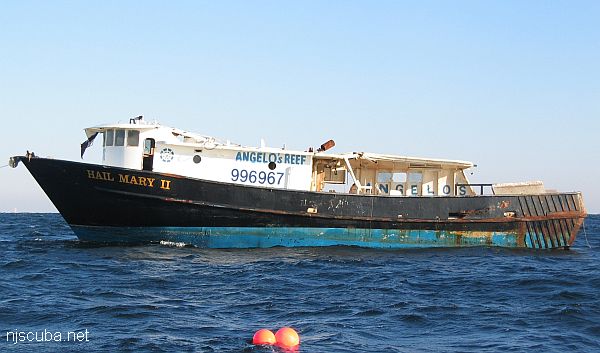Wolcott
- Type:
- shipwreck, schooner
- Depth:
- 85 ft
The Wolcott is an unknown wooden schooner. This wreck was found and named by charter boat captain, Jay Porter on the day that Jersey Joe Wolcott beat Joe Louis in boxing's title match.
The Wolcott lies very close to the Patchogue fishing grounds, four miles northeast of the San Diego wreck in 83 feet of water. She is a big wreck, very broken up and scattered over a large area. According to Steve Bielenda a huge fluted anchor still can be seen amongst the wreckage. This area is excellent for cod, sea bass, and especially lobster. In 1996 I explored this wreck for the first time. Her huge wooden ribs are almost completely buried. I located one large double-posted bollard cleat and did see her anchor. The anchor's flutes are completely buried with only her stock sticking out of the sand. I had heard many rumors that divers had spotted a cannon on the site. I found only a steel pipe and nothing that even resembled a cannon.
-- Capt. Dan Berg


Questions or Inquiries?
Just want to say Hello? Sign the .